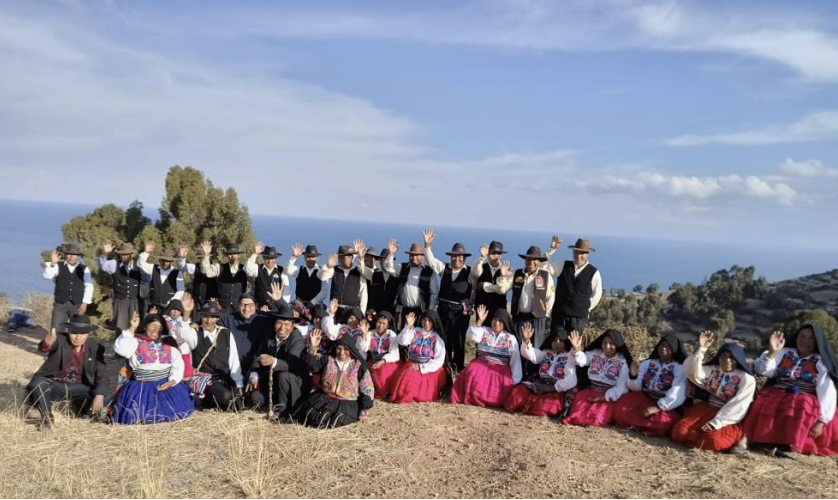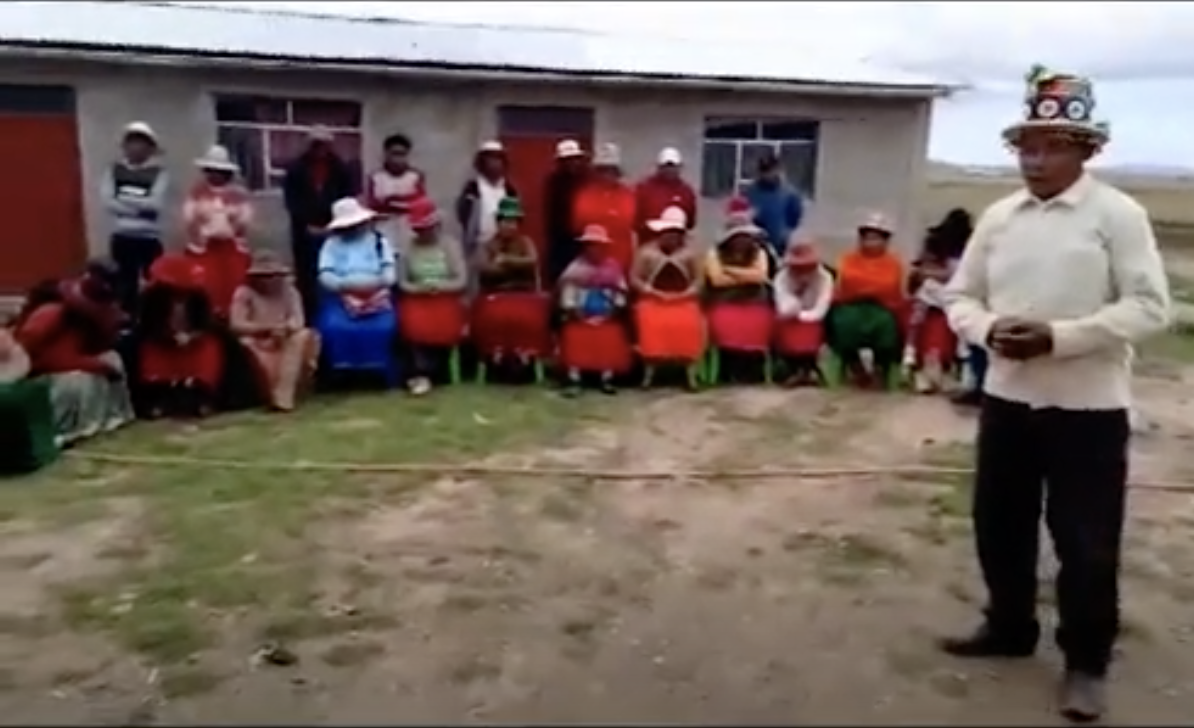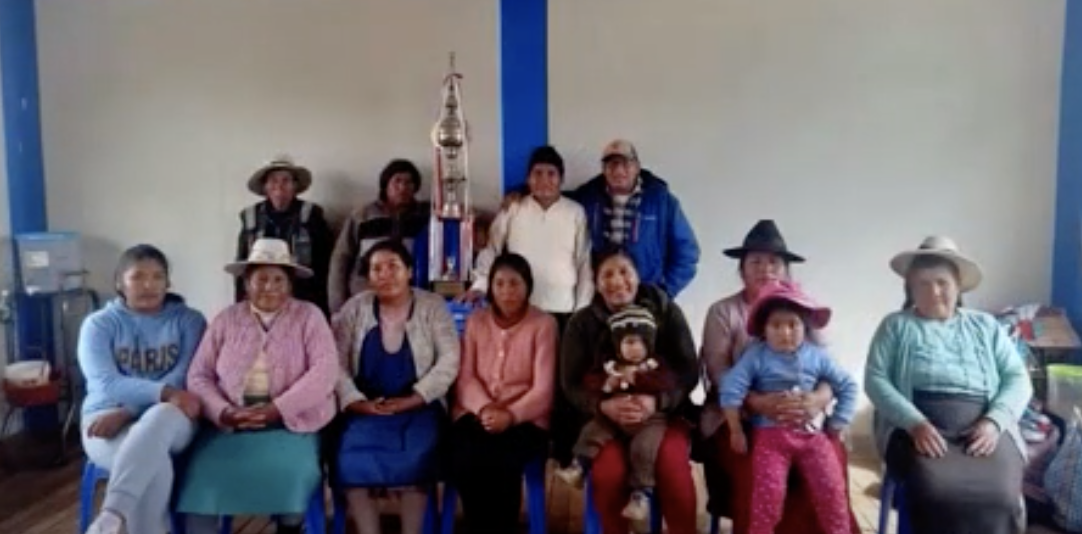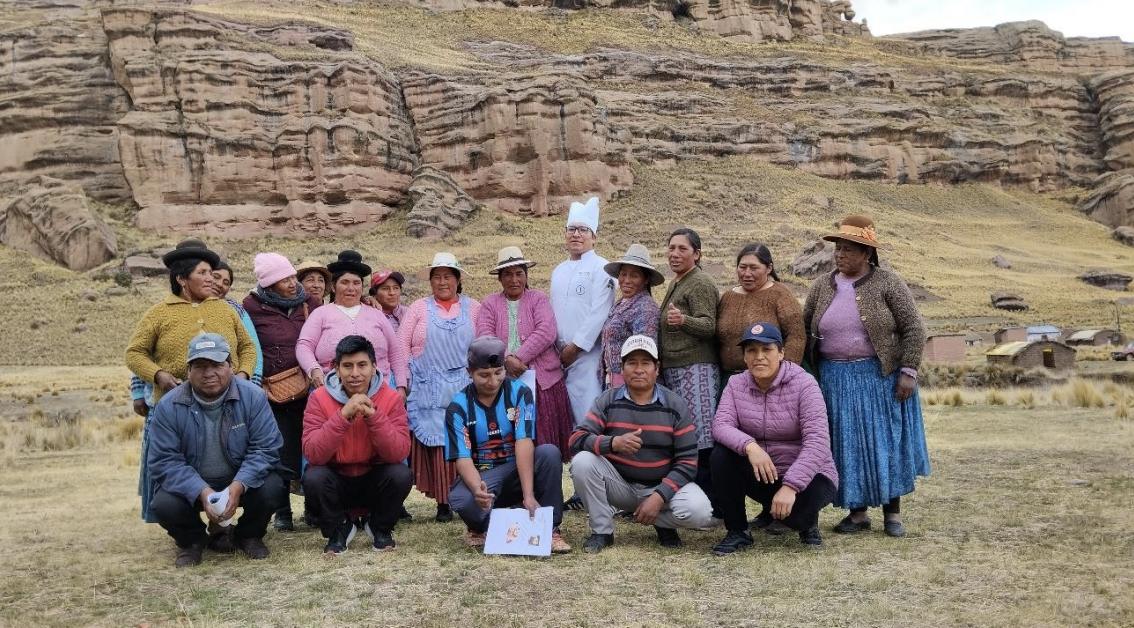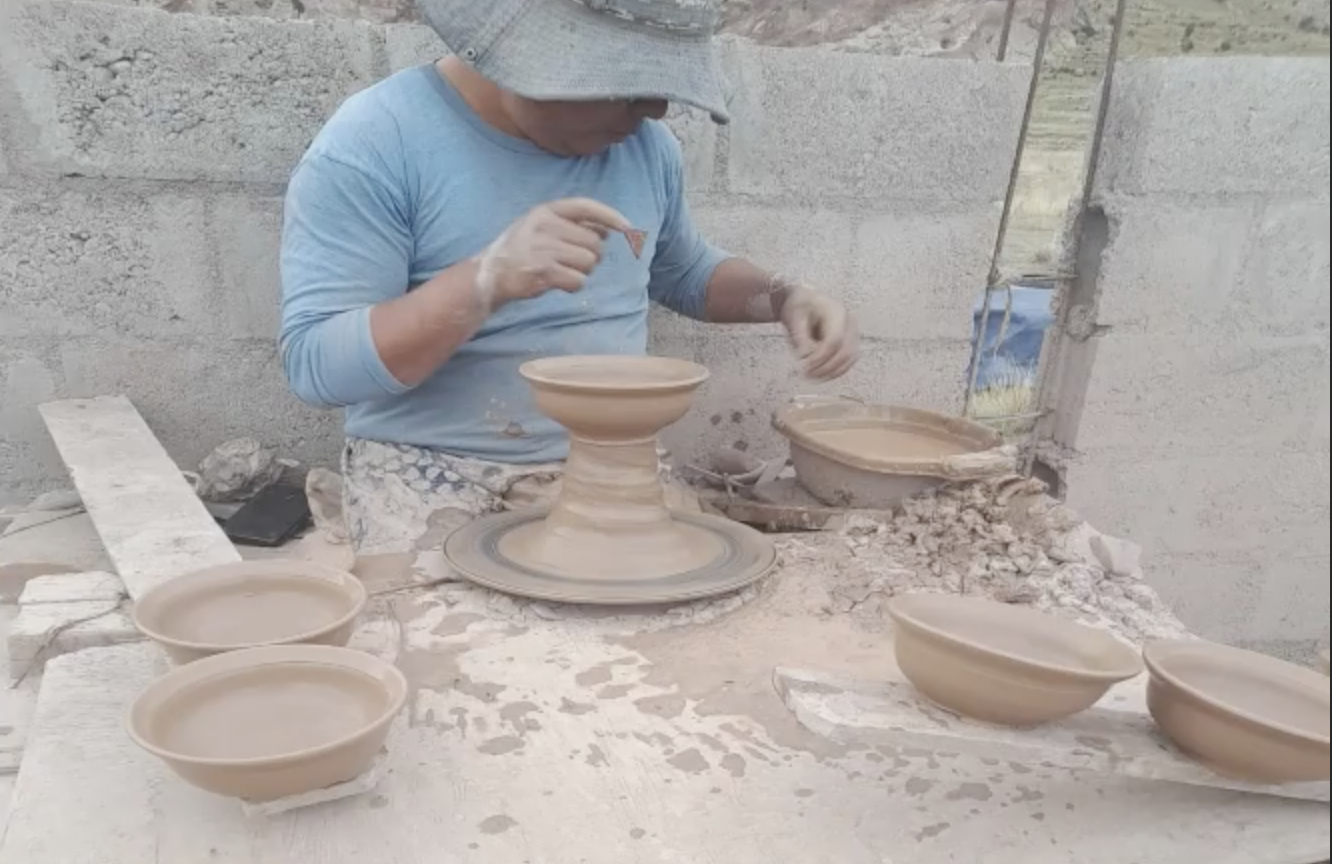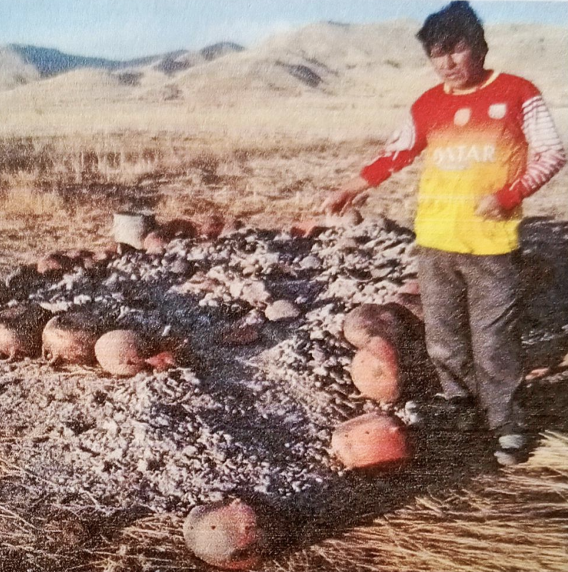2024 Projects
Economic Development Community Project Proposals
Communities submit project proposals at the end of every year. You can now partially or fully fund a specific project with your donation. Please reach out to [email protected] if you would like to learn more about how to fund a community’s project.
Tourist Lodging Improvement
Communities: Colquecachi, Amantaní
Budget: $4,166
Beneficiaries: 20
The Wiñay Cantuta Association dedicates their time to providing touristic services on the beautiful Lake Titicaca. They seek to improve the quality of lodging for their visitors in order to showcase their picturesque community.
Mini Stables Construction
Community: Asociación Virgen de Carmen – Nicasio
Budget: $4,166
Beneficiaries: 10
The Asociación Virgen de Carmen seeks to create mini stables to protect their cows from inclement weather. This will improve the quality and quantity of milk produced, increasing their income.
Purchase of Fodder Oats
Communities: Asociación Huancuire – Choquehuanca & Fatima-Nicasio
Budget: $4,166
Beneficiaries: 31
These two associations hope to increase their cattle’s nutrition by implementing oat seed in their diet. This will ensure quality milk production and thus economic income for the families.
Tourist Dining Improvement
Community: Turismo Vivencial Apu Chincurani – Tinajani – Ayaviri
Budget:$1,388
Beneficiaries: 23
This community is located near one of the hidden wonders of the Puno region, Tinajani Canyon. They make a living by providing food and lodging services to tourists. They hope to better equip their communal dining area, attracting more visitors to the region.
Hayloft Construction
Community: Occosuyo, Amantaní
Budget: $2,777
Beneficiaries: 15
The association earns their living from agricultural activities and is asking for support in constructing a place to store their hay for their animals.
Ceramic Workshop
Communities: Mosoj Pakariy – Pucará
Budget: $2,777
Beneficiaries: 15
This community seeks an adequate environment for the elaboration of ceramics. Currently, the rain and elements ruin their product. By creating an enclosed area for creation and storage of their product, they will increase the quantity and quality produced.
Alfalfa Seeds Purchase
Community: Asociación de Productores Ganaderos y Agroindustriales Las Mercedes, Chijnaya
Budget: $2,777
Beneficiaries: 50
The Chijnaya Foundation has recently worked with this community to purchase fodder oat seeds. This second phase will allow the farmers to diversify their cattle’s diet and increase milk production.
Display Case Purchase
Communities: Chaska Pukara & Pukallinki, Pucará
Budget: $4,977
Beneficiaries: 32
The artisans seek to have a structure that will allow them to showcase their work to potential customers, ultimately increasing their sales and family income. Both groups creates ceramic artwork such as the torito seen in the photograph.
Potter's Wheel Purchase
Community:La Union, Coarita, Sapanccota, Alto Pucarayllu, Pucarayllu
Budget: $2,777
Beneficiaries: 12
During a second phase of projects with this community, we are supporting the artisans with the purchase of several potters wheels. This will allow for greater efficiency and higher production, which will increase economic income for the families involved.
Solar Powered Water Baths
Community: 25 de Diciembre – Choquehuanca
Budget: $4,020
Beneficiaries: 22
This group of artisans is requesting support to purchase solar powered water baths that will allow them to work with warm water. Many members who currently work with cold water become ill and are unable to earn income for their families. By improving working conditions, they will also improve the quality of their product and the support that they can give their families.
The Scholarship Program
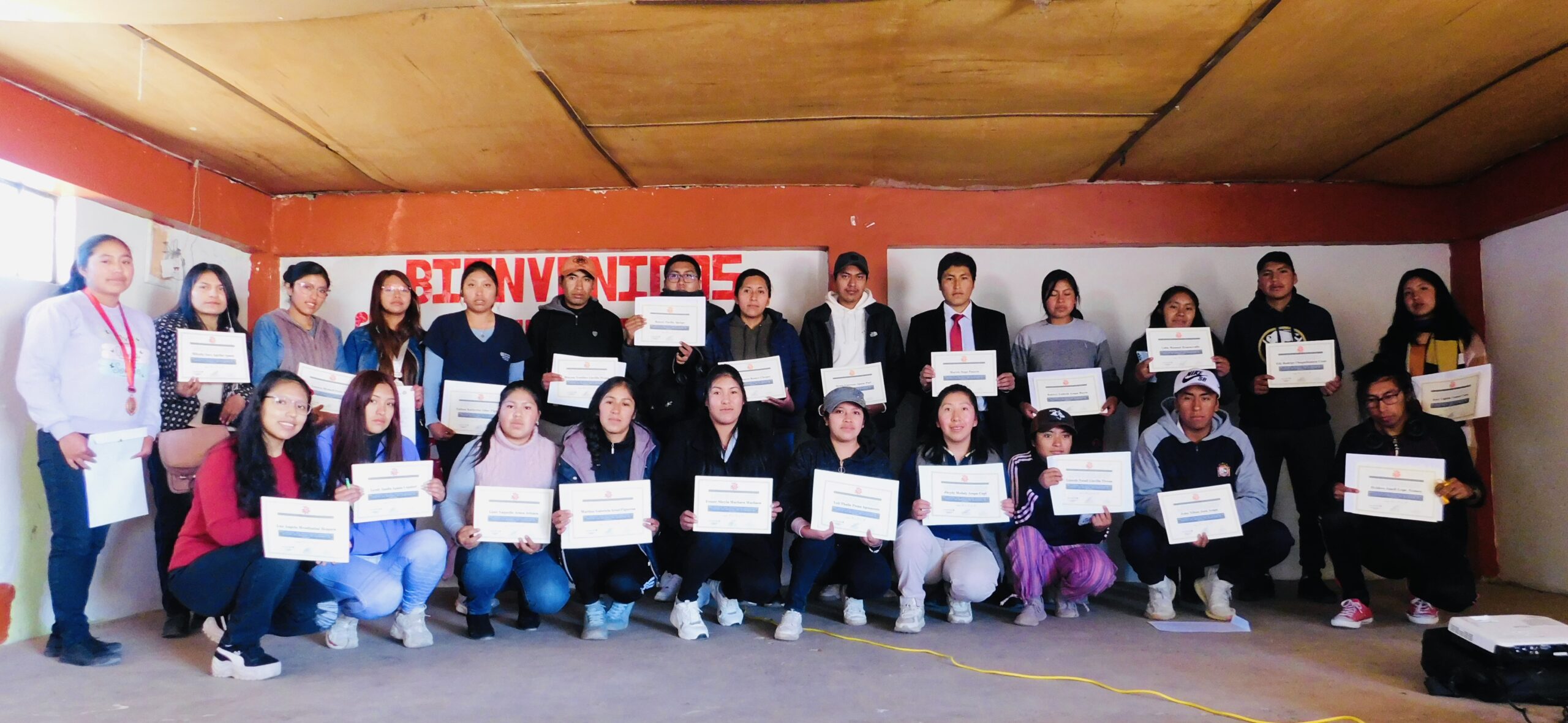
The scholarship program aims to end the poverty cycle in rural communities by improving access to higher education . This year, 45 students have been selected to receive scholarships. 36 students plan to attend universities and 9 plan to attend technical institutes.
You can donate directly to the scholarship program and even create a named scholarship to honor someone special or create opportunities for students who are pursuing a particular field of study. Read about current named scholarships and find more information about creating these opportunities here.
The Group Savings Program
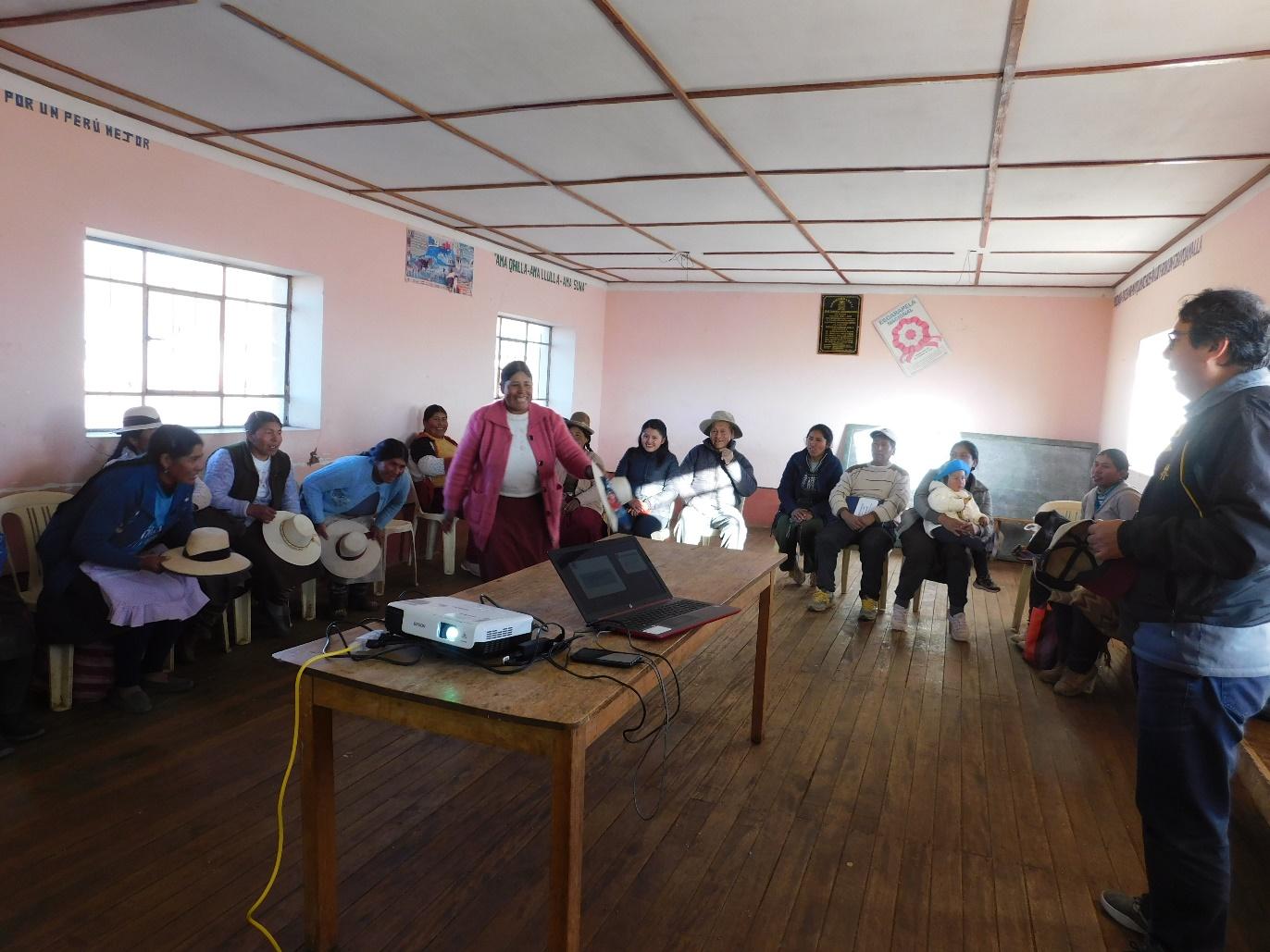

Savings groups give communities a way to save their money, earn interest, and take out low-interest loans, In 2023, the 16 savings groups, consisting of a total of 236 participants, saved a total of $73,457 and used their savings to invest in small business, medical, and educational expenses with the goal of strengthening their financial self reliance.
This year, a specialist conducted several workshops to help groups determine if they want to form a cooperative, ultimately strengthening their saving potential. Groups are still in discussions to determine if this is the right step for them.
The Group Savings Program will continue to assist interested communities in forming and facilitating savings groups in 2024. The program will also continue to provide communities with financial education to help them to grow their small businesses.
The Health Program
The Oral Health Program addresses communities’ needs for dental services and oral health education in the rural sector, with a specific focus on children. In 2024, the Oral Health Program will work with 5 primary schools to improve the oral health of students by providing fluoride treatments, oral evaluations, and training sessions on oral hygiene
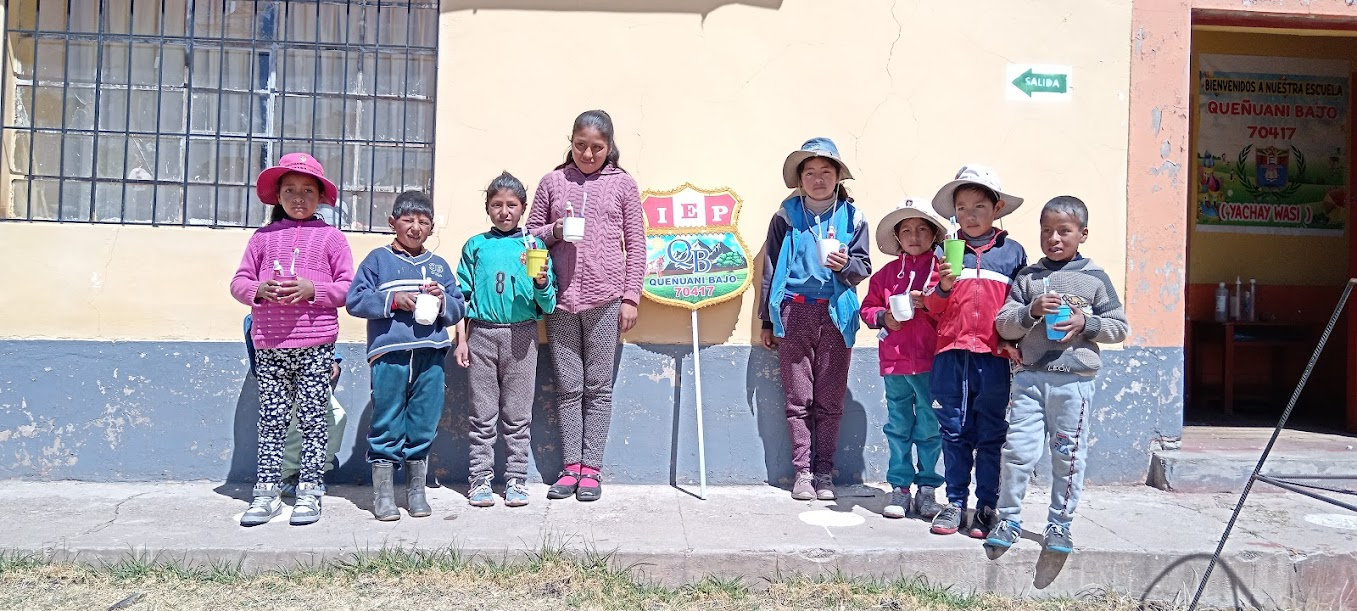
Bofedales Project
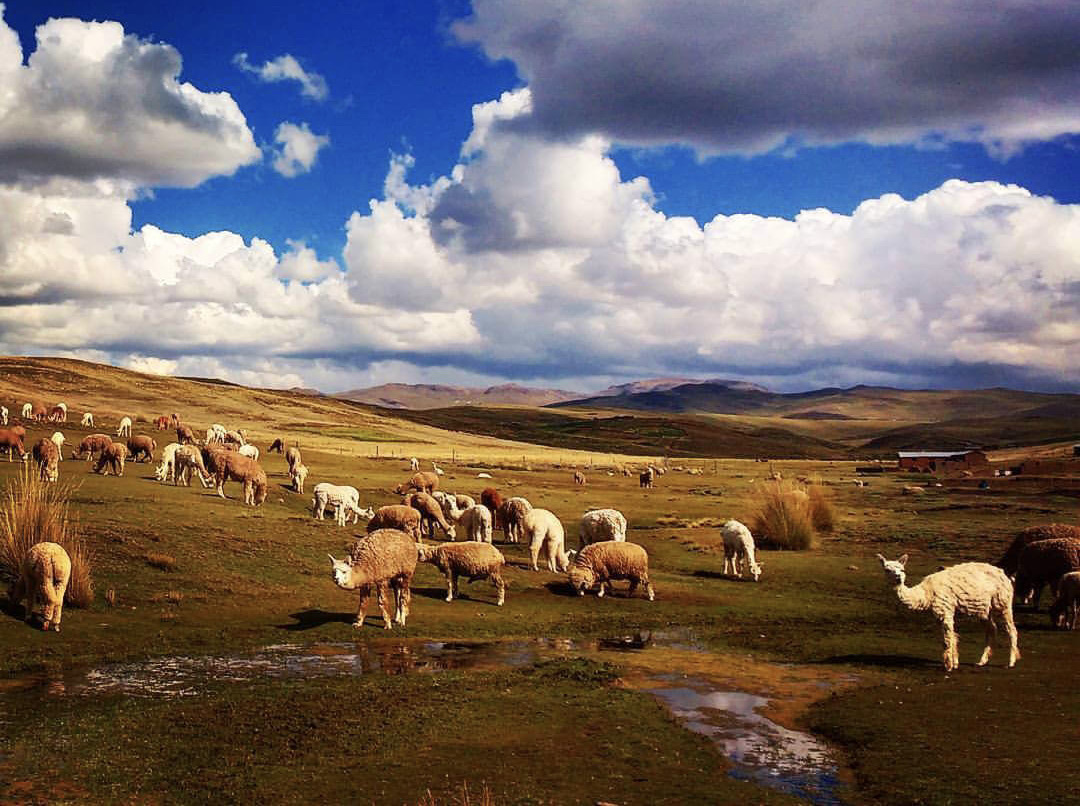
This is a two-year project, designed in partnership with five alpaca herding communities, that aims to improve their economic situation through the production of hand-spun alpaca yarn. Currently, these communities sell unprocessed alpaca fur for about $6 a kilogram and hand spun yarn is worth 10 times this amount per kilogram. This projects takes into account the many different factors that must be addressed for communities to be able to increase their income including reducing herd mortality rates, improving breeding practices, strengthening the organizational and administrative capacities of the local organizations involved, improving yarn production, and restoring and protecting the high wetland areas that make alpaca herding possible.
Join us in making a difference!

